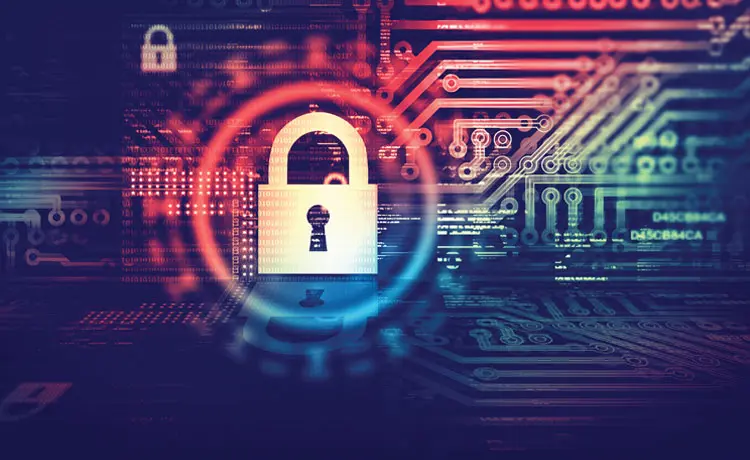Last Year, Equifax announced a major data breach, exposing millions of American’s Social Security numbers and other sensitive information. Around the globe, ransomware malware locks up personal data and sends victims messages requesting online payment as ransom. A few simple clicks by a cybercriminal can have devastating consequences.
With such a staggering amount of our personal information stored on computers and available online, do you think you’re safe? Don’t be a victim of a malware attack, phishing scheme or other cybercrime. Read on to find out how you can be safe on- and offline, and protect yourself and your loved ones from digital threats.
Quick Tips for Being Cyber Savvy and Safe
- Password-protect. Make your passwords long and strong, and set a different password for every account. For more secure passwords, combine uppercase and lowercase letters with numbers and symbols. Don’t give out any of your usernames, passwords or other computer access codes to anyone.
- Lock your devices. Cell phones and other mobile devices often contain a tremendous amount of personal data, and lost or stolen devices can be used to gather information about you and your contacts. Use a strong password to lock your devices.
- Review your privacy settings. Check the privacy settings on your email and social media accounts to limit who can see your information. Also, never post sensitive information publicy (e.g., your birthday, home address, phone number).
- Keep a clean machine. Having the latest security software, Web browser and operating system are the best defenses against malware and other online threats. Be sure to keep all your software up to date.
- Be cautious with free Wi-Fi. Free Wi-Fi networks are often not secure. To prevent hackers from gaining access to your personal accounts and information, avoid banking or shopping over free Wi-Fi networks.
- Stop and think before you click. If you’re not sure about a link or email attachment, don’t click! Look closely at the link or the sender of the message to make sure it’s legitimate. When in doubt, throw it out – ignore the link or delete the email.
- Back up your data. Keep backup copies of important documents, work, pictures and other digital information.
- Pay attention when installing applications. During installation, make sure to read every instruction and look out for default options prompting your computer to install additional software.
Social Networks
Social networking sites like Facebook, Twitter and Instagram are a great way to stay connected with others, but it’s important to be wary about how much personal information you post. Cyber threats on social media networks include:- Fraudulent profiles
- Data collection
- Hacked accounts
Signs You’ve Been Hacked
So how can you tell that your device or account has been hacked and your personal information compromised?- You get a ransomware message: your data is locked by malware and you receive a message asking for online payment to retrieve it.
- You receive fake antivirus warnings or frequent pop-ups from websites that don’t normally generate any.
- There are social network posts you never made on your page. These posts often encourage your friends to click on a link or download an application.
- A friend, family member or colleague reports getting messages from you that you never sent.
- Your information was lost by way of other data breaches, malware infections or a lost or stolen device.
